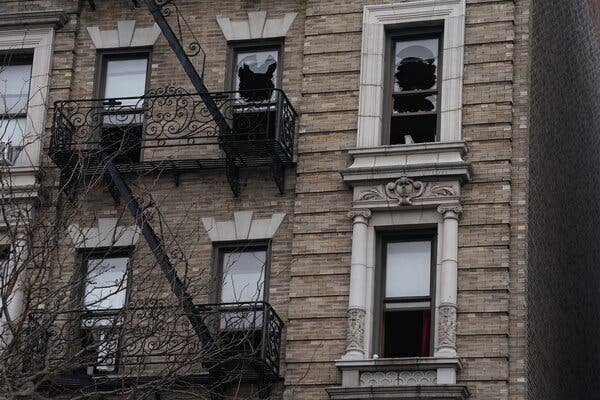The MTA’s new five-year plan includes $9 billion for urgent repairs on deteriorating above-ground subway structures in New York City, with 50% of these structures in poor condition. The plan prioritizes preventative maintenance to avoid safety risks and potential shutdowns. The proposal also allocates funds for a new light-rail line and engineering work on the Interborough Express. However, funding for the entire $68.4 billion program is still uncertain due to financial challenges. Board members will vote on the plan in October. The MTA emphasizes the importance of investing in the aging subway system to prevent hazardous situations and ensure passenger safety.
The Metropolitan Transportation Authority (MTA) recently unveiled a new five-year capital program that focuses on urgent repairs to critical line structures across the regional transportation system. The proposed $68.4 billion plan includes a significant investment of $9 billion for the maintenance of over 61 miles of outdoor subway tracks, particularly targeting the decaying steel and concrete structures that support these tracks.
A crucial aspect of this program involves allocating $1.75 billion to strengthen 20 miles of above-ground New York City Transit structures in The Bronx, Brooklyn, Manhattan, and Queens. The primary focus is on waterproofing and applying longer-lasting paint to extend the lifespan of these structures. Currently, approximately 50% of elevated structures in the city are deemed to be in poor or marginal condition, with the anti-corrosive paint surpassing its expected 15-year shelf life.
MTA Construction & Development President, Jamie Torres-Springer, emphasized the importance of proactive maintenance to prevent potential safety issues. Despite regular inspections, the elements have deteriorated these structures, making it essential to address the maintenance backlog. The new capital plan prioritizes critical structure repairs over the previous program, reflecting the MTA’s commitment to ensuring the safety and reliability of the transit system.
MTA Chairperson and CEO, Janno Lieber, highlighted the need to address neglected critical structures that have not received adequate attention for years. Neglecting these repairs could jeopardize the system’s functionality and safety, underscoring the urgency of the proposed investments. The planned rehabilitation will cover stretches of elevated structures on various subway lines, including the A line, Rockaway Shuttle, and sections of the B, Q, and numbered lines, among others.
The comprehensive five-year roadmap also includes provisions for the design and preliminary engineering work on the Interborough Express, a proposed 14-mile light-rail line connecting Brooklyn and Queens. The estimated cost for this project is around $5.5 billion, underscoring the MTA’s commitment to expanding and modernizing the transit network. However, securing funding for the entire capital program remains a significant challenge, especially in light of the existing financial shortfall.
The delay in implementing the Central Business District Tolling Program has further complicated the MTA’s financial outlook, necessitating a reevaluation of priorities within the current capital plan. MTA board members are set to review and vote on the proposed 2025-2029 plan, with a submission deadline of October 1. The overarching goal is to address critical infrastructure needs and enhance the resilience of the aging subway system to meet the growing demands of New York City residents.
The imperative to invest in maintaining and upgrading the transit system was underscored by Lisa Daglian, Executive Director of the Permanent Citizens Advisory Committee to the MTA, citing past incidents that underscored the risks of underinvestment. With safety being paramount, the MTA is committed to preventing potential hazards and ensuring the reliability of the subway system for all passengers and pedestrians.
Addressing the structural integrity of the elevated subway structures is crucial not only for operational efficiency but also for the safety and peace of mind of commuters and residents. Regular maintenance and proactive repairs are key to averting potential risks and disruptions, highlighting the significance of the MTA’s ongoing efforts to safeguard the transit infrastructure. By prioritizing critical repairs and modernization initiatives, the MTA seeks to create a more resilient and sustainable transit network that can meet the evolving needs of New York City.
Source: TheCity.NYC









